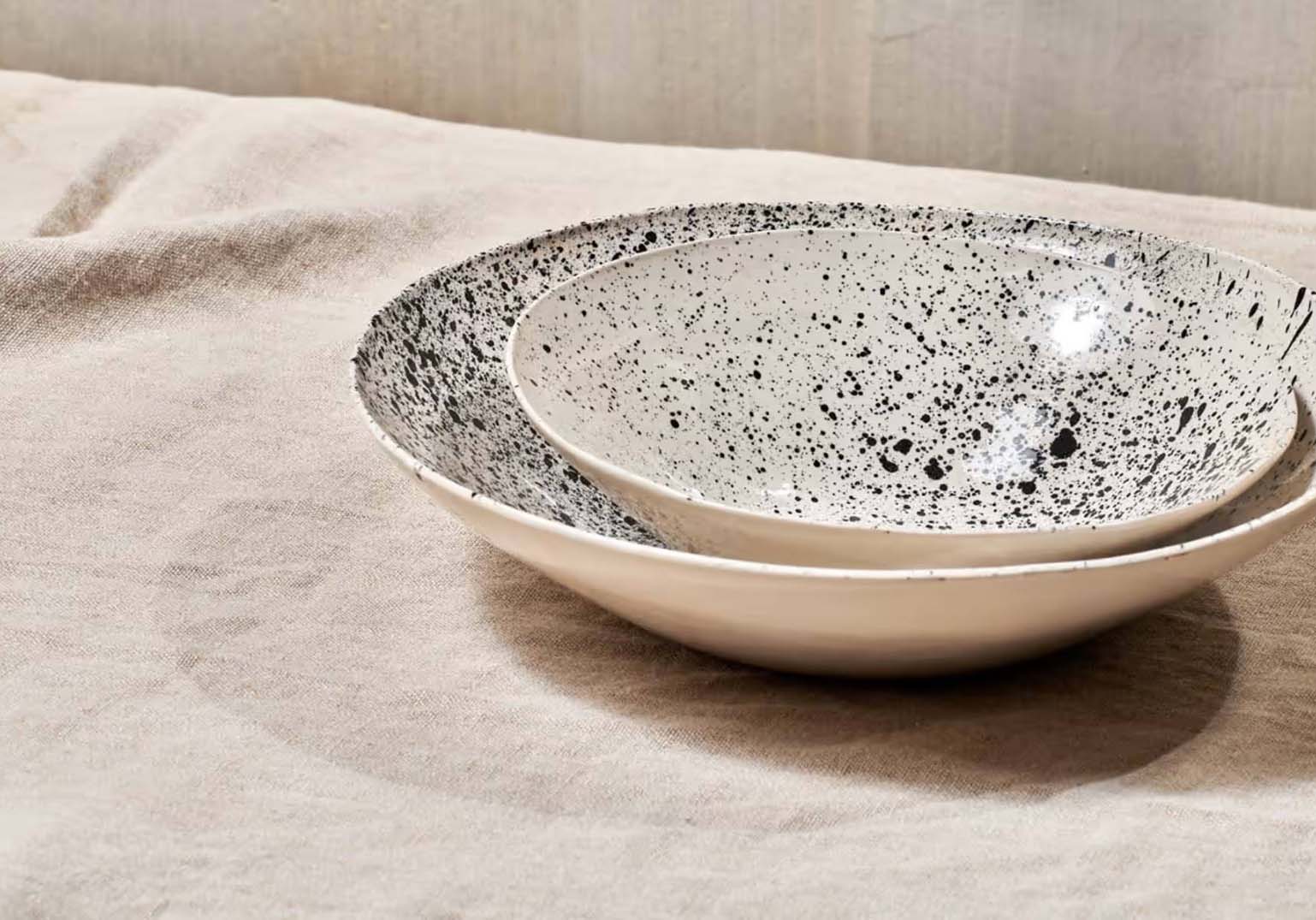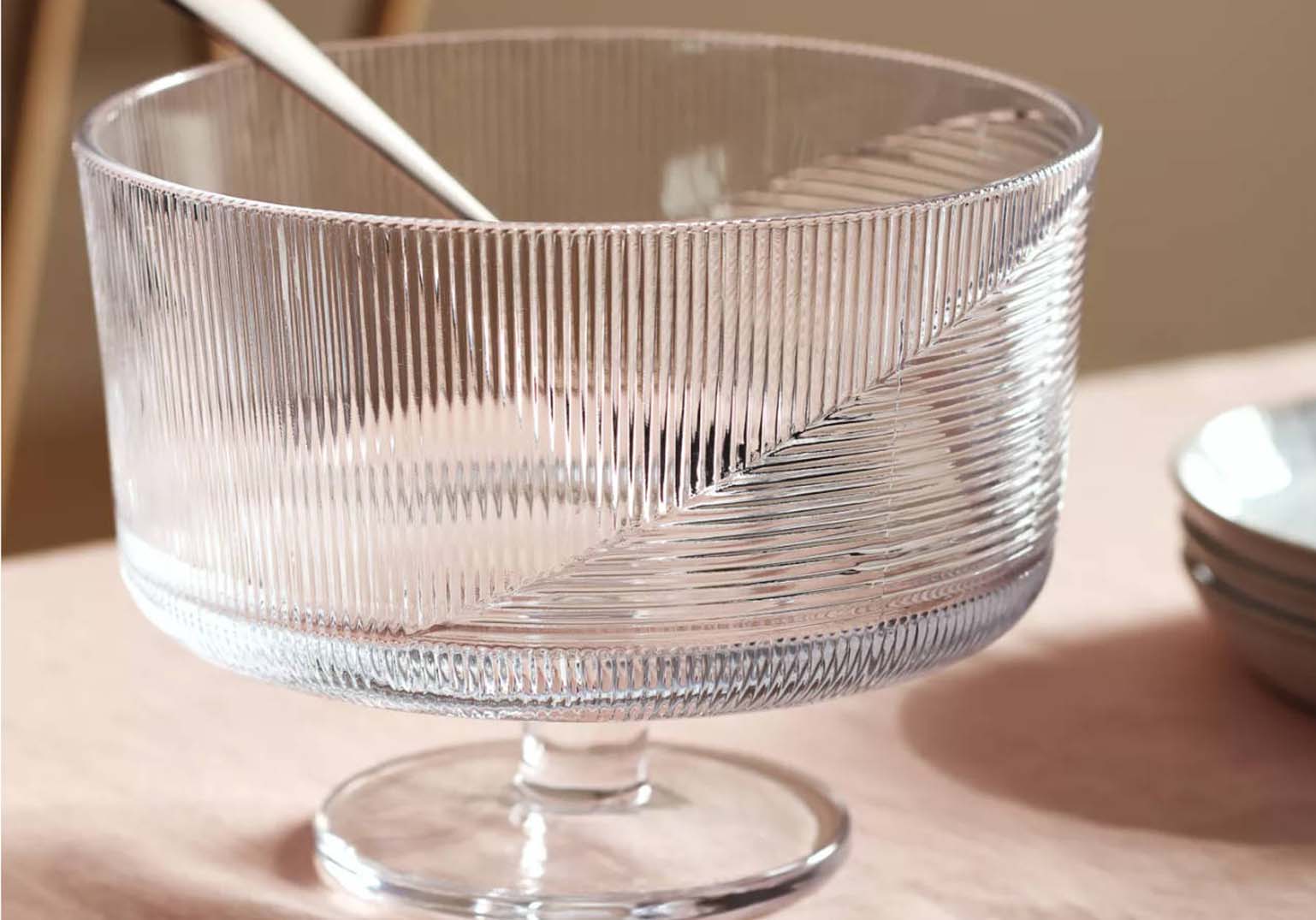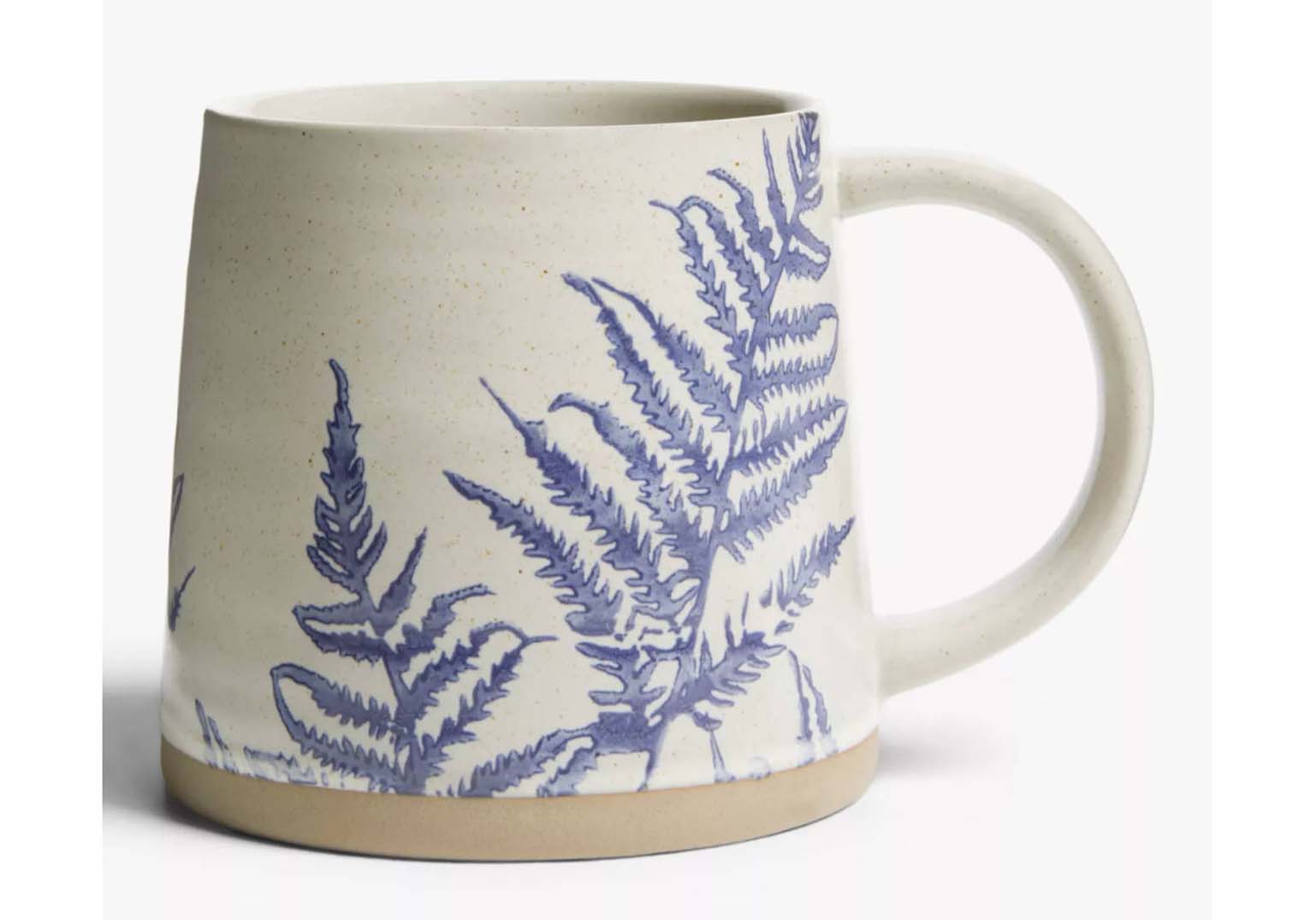Tableware is an essential component of every home, serving both practical and aesthetic purposes. From daily meals to special occasions, the right tableware enhances the dining experience. However, maintaining the beauty and functionality of your tableware requires proper care and attention.
Understanding Different Types of Tableware
Before diving into maintenance tips, it’s crucial to understand the different types of tableware and the materials they are made from. Each type of tableware requires specific care to maintain its appearance and functionality.
1. Porcelain and China
Porcelain and china are popular choices for tableware due to their delicate appearance and durability. Made from fine clay and fired at high temperatures, they are often used for formal dining.
2. Stoneware
Stoneware is known for its sturdiness and rustic charm. It is fired at a high temperature, making it more durable than earthenware. Stoneware is ideal for everyday use.
3. Earthenware
Earthenware is made from a coarser clay and fired at lower temperatures. It is more porous and less durable than porcelain and stoneware, making it more suitable for casual dining.
4. Bone China
Bone china is a type of porcelain that includes bone ash, giving it a unique translucency and strength. It is highly regarded for its elegance and is often reserved for special occasions.
5. Glassware
Glassware includes items like drinking glasses, stemware, and serving pieces. Glass tableware can range from delicate, hand-blown pieces to more robust, machine-made items.
6. Stainless Steel
7. Silverware
Silverware, made from sterling silver or silver-plated materials, is often used for formal dining. It requires specific care to prevent tarnishing and maintain its luster.
8. Wooden Tableware
Wooden tableware, including bowls, spoons, and serving boards, adds a rustic and natural touch to the dining table. It requires careful maintenance to prevent drying and cracking.
General Care Tips for All Tableware
While each type of tableware has its specific care requirements, there are some general tips that apply to all tableware.
1. Handling with Care
Handle all tableware with care to avoid chips, cracks, and other damage. Avoid stacking heavy items on top of delicate pieces, and be mindful when washing and storing them.
2. Cleaning Regularly
Regular cleaning is essential to maintain the appearance and hygiene of your tableware. Use appropriate cleaning methods for each type of material, and avoid using harsh chemicals that can damage the surface.
3. Storing Properly
Proper storage helps prevent damage and keeps your tableware organized. Use soft liners or dividers to protect delicate pieces, and avoid overcrowding your storage spaces.
4. Avoiding Extreme Temperatures
Sudden changes in temperature can cause tableware to crack or break. Avoid placing hot items directly on cold surfaces and vice versa. Use trivets or placemats to protect your table and tableware.
Caring for Porcelain and China
Porcelain and china are prized for their beauty and elegance. Proper care ensures they remain in excellent condition.
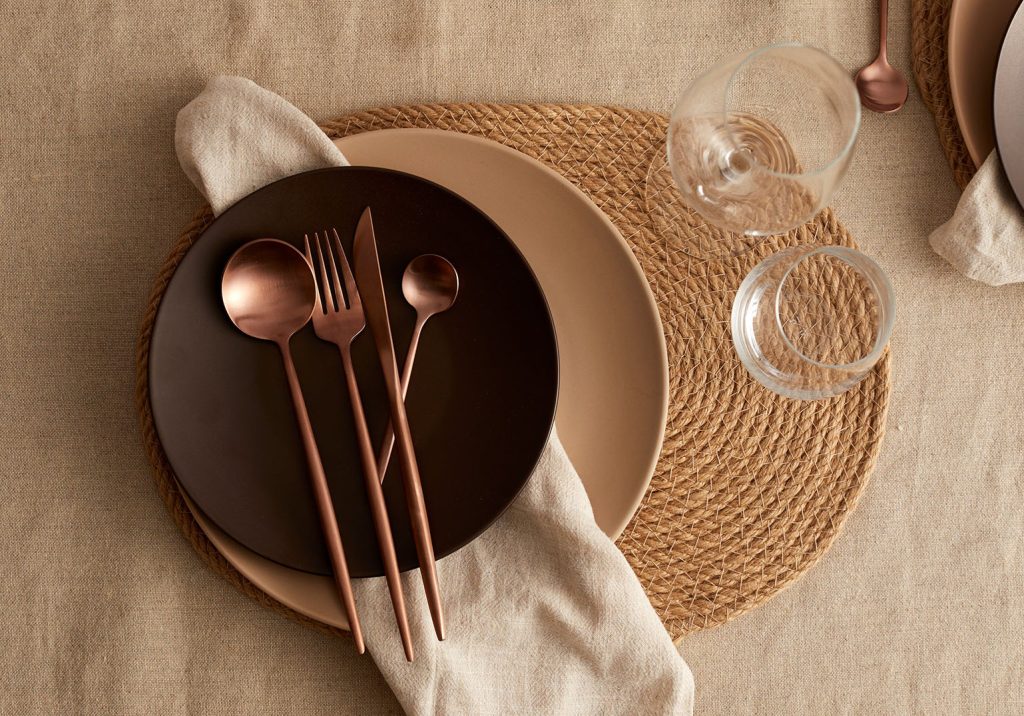
1. Washing Porcelain and China
– Hand Washing: It is best to hand wash porcelain and china to prevent damage. Use warm water, a mild detergent, and a soft sponge. Avoid using abrasive scrubbers that can scratch the surface.
– Dishwasher Use: While some porcelain and china pieces are dishwasher-safe, it is essential to check the manufacturer’s guidelines. If using a dishwasher, choose a gentle cycle and avoid overcrowding to prevent chipping.
2. Storing Porcelain and China
– Stacking: When stacking plates, place a soft cloth or paper towel between each piece to prevent scratches.
– Displaying: If displaying in a cabinet, ensure the pieces are securely placed and not at risk of falling.
3. Handling Stains
– Tea and Coffee Stains: Remove stains with a mixture of baking soda and water. Apply the paste to the stained area, gently rub with a soft cloth, and rinse thoroughly.
– Crazing: Crazing refers to fine cracks in the glaze. While it does not affect the usability, it can be unsightly. Avoid exposing crazed porcelain and china to extreme temperatures.
Caring for Stoneware
Stoneware is durable and versatile, making it suitable for everyday use. However, it requires specific care to maintain its appearance and functionality.
1. Washing Stoneware
– Hand Washing: Hand wash stoneware with warm water, mild detergent, and a soft sponge. Avoid soaking stoneware for extended periods, as it can absorb water and weaken over time.
– Dishwasher Use: Many stoneware pieces are dishwasher-safe, but it is essential to check the manufacturer’s guidelines. Use a gentle cycle and avoid overcrowding.
2. Storing Stoneware
– Drying: Ensure stoneware is completely dry before storing to prevent mold and mildew growth. Leave pieces to air dry or towel dry them thoroughly.
– Stacking: When stacking stoneware, place a soft cloth or paper towel between each piece to prevent scratches and chips.
3. Handling Stains and Odors
– Stains: Remove stains with a paste of baking soda and water. Apply the paste to the stained area, gently scrub with a soft cloth, and rinse thoroughly.
– Odors: Eliminate odors by filling the stoneware with a mixture of baking soda and warm water. Let it sit for a few hours, then rinse and dry thoroughly.
Caring for Earthenware
Earthenware is more porous and delicate than other types of tableware, requiring careful handling and maintenance.
1. Washing Earthenware
– Hand Washing: Hand wash earthenware with warm water, mild detergent, and a soft sponge. Avoid using abrasive scrubbers that can scratch the surface.
– Dishwasher Use: Earthenware is generally not recommended for dishwasher use, as the high temperatures and strong detergents can damage the surface.
2. Storing Earthenware
– Drying: Ensure earthenware is completely dry before storing to prevent mold and mildew growth. Leave pieces to air dry or towel dry them thoroughly.
– Stacking: When stacking earthenware, place a soft cloth or paper towel between each piece to prevent scratches and chips.
3. Handling Stains and Odors
– Stains: Remove stains with a paste of baking soda and water. Apply the paste to the stained area, gently scrub with a soft cloth, and rinse thoroughly.
– Odors: Eliminate odors by filling the earthenware with a mixture of baking soda and warm water. Let it sit for a few hours, then rinse and dry thoroughly.
Caring for Bone China
Bone china is known for its strength and translucency. Proper care ensures it remains in excellent condition.
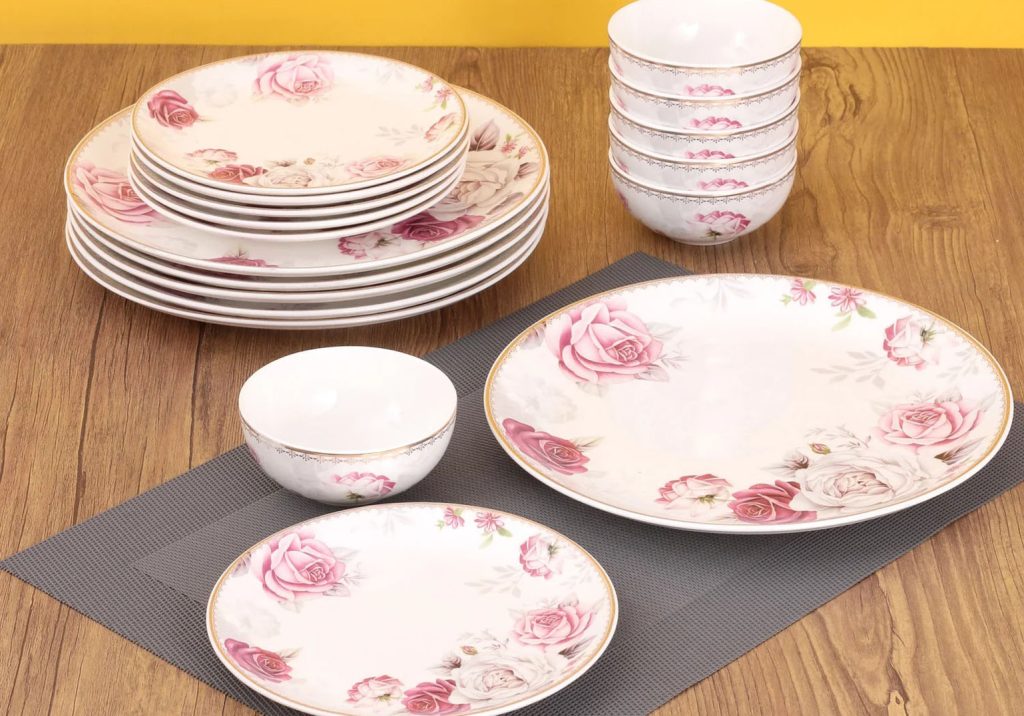
1. Washing Bone China
– Hand Washing: Hand wash bone china with warm water, mild detergent, and a soft sponge. Avoid using abrasive scrubbers that can scratch the surface.
– Dishwasher Use: While some bone china pieces are dishwasher-safe, it is essential to check the manufacturer’s guidelines. If using a dishwasher, choose a gentle cycle and avoid overcrowding to prevent chipping.
2. Storing Bone China
– Stacking: When stacking plates, place a soft cloth or paper towel between each piece to prevent scratches.
– Displaying: If displaying in a cabinet, ensure the pieces are securely placed and not at risk of falling.
3. Handling Stains
– Tea and Coffee Stains: Remove stains with a mixture of baking soda and water. Apply the paste to the stained area, gently rub with a soft cloth, and rinse thoroughly.
– Crazing: Crazing refers to fine cracks in the glaze. While it does not affect the usability, it can be unsightly. Avoid exposing crazed bone china to extreme temperatures.
Caring for Glassware
Glassware, including drinking glasses, stemware, and serving pieces, requires careful handling to maintain its clarity and prevent breakage.
1. Washing Glassware
– Hand Washing: Hand wash glassware with warm water and a mild detergent. Use a soft sponge or cloth to clean, and avoid using abrasive scrubbers that can scratch the surface.
– Dishwasher Use: Many glassware pieces are dishwasher-safe, but it is essential to check the manufacturer’s guidelines. Use a gentle cycle and avoid overcrowding to prevent breakage.
2. Storing Glassware
– Drying: Ensure glassware is completely dry before storing to prevent water spots and mold growth. Use a lint-free cloth to dry, or leave pieces to air dry.
– Storing Upright or Inverted: Store glassware upright to prevent dust from accumulating inside. For delicate stemware, consider storing inverted to protect the rims.
3. Handling Stains and Odors
– Water Spots: Remove water spots with a mixture of equal parts vinegar and water. Wipe the glassware with the solution, then rinse and dry thoroughly.
– Cloudiness: Eliminate cloudiness by soaking glassware in a solution of vinegar and warm water. Let it sit for an hour, then rinse and dry thoroughly.
Caring for Stainless Steel
Stainless steel is durable and resistant to rust and staining, making it a popular choice for cutlery and serving utensils.
1. Washing Stainless Steel
– Hand Washing: Hand wash stainless steel with warm water and a mild detergent. Use a soft sponge or cloth to clean, and avoid using abrasive scrubbers that can scratch the surface.
– Dishwasher Use: Stainless steel is generally safe for dishwasher use. Use a gentle cycle and avoid overcrowding to prevent scratching.
2. Storing Stainless Steel
– Drying: Ensure stainless steel is completely dry before storing to prevent water spots and rust. Use a lint-free cloth to dry, or leave pieces to air dry.
– Storing in a Drawer or Organizer: Store stainless steel cutlery in a drawer or organizer to keep it separated and prevent scratches.
3. Handling Stains and Odors
– Water Spots: Remove water spots with a mixture of equal parts vinegar and water. Wipe the stainless steel with the solution, then rinse and dry thoroughly.
– Rust Spots: Remove rust spots with a paste of baking soda and water. Apply the paste to the rusted area, gently scrub with a soft cloth, and rinse thoroughly.
Caring for Silverware
Silverware, made from sterling silver or silver-plated materials, requires specific care to prevent tarnishing and maintain its luster.
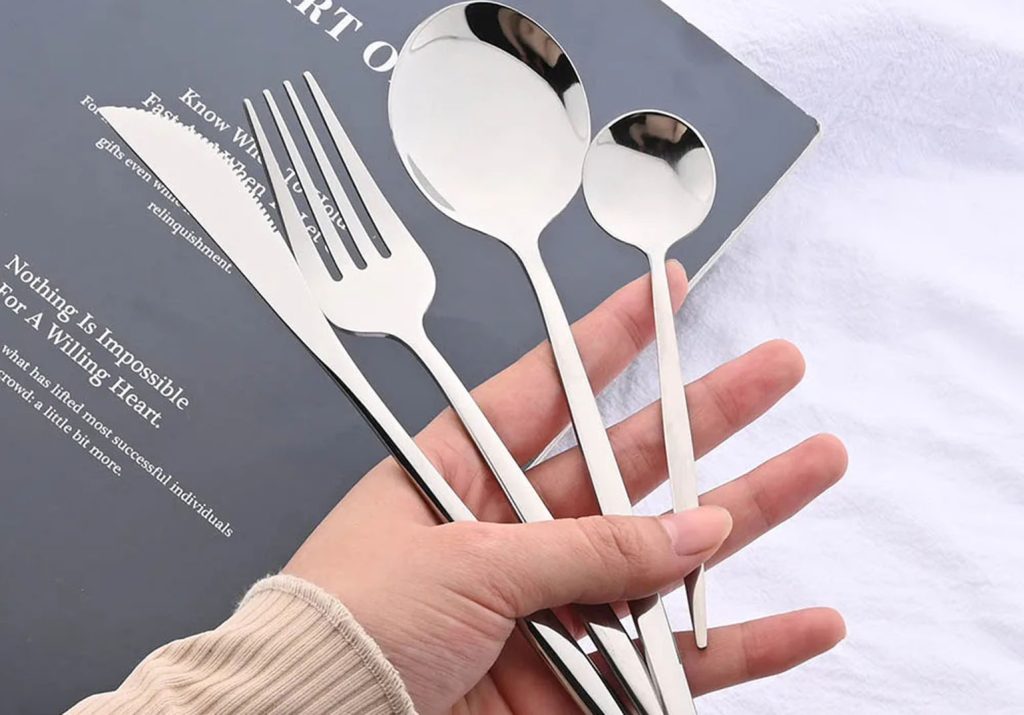
1. Washing Silverware
– Hand Washing: Hand wash silverware with warm water and a mild detergent. Use a soft sponge or cloth to clean, and avoid using abrasive scrubbers that can scratch the surface.
– Dishwasher Use: Silverware is generally not recommended for dishwasher use, as the high temperatures and strong detergents can cause tarnishing.
2. Storing Silverware
– Drying: Ensure silverware is completely dry before storing to prevent tarnishing. Use a lint-free cloth to dry, or leave pieces to air dry.
– Storing in Anti-Tarnish Bags: Store silverware in anti-tarnish bags or wrapped in anti-tarnish cloth to prevent oxidation and tarnishing.
3. Handling Tarnish
– Polishing: Use a silver polish or a mixture of baking soda and water to remove tarnish. Apply the polish or paste to the tarnished area, gently rub with a soft cloth, and rinse thoroughly.
– Preventing Tarnish: Store silverware in a cool, dry place and avoid exposure to air and moisture to prevent tarnishing.
Caring for Wooden Tableware
Wooden tableware adds a rustic and natural touch to the dining table. It requires careful maintenance to prevent drying and cracking.
1. Washing Wooden Tableware
– Hand Washing: Hand wash wooden tableware with warm water and a mild detergent. Use a soft sponge or cloth to clean, and avoid soaking wooden pieces in water, as it can cause swelling and cracking.
– Drying: Ensure wooden tableware is completely dry before storing to prevent mold and mildew growth. Leave pieces to air dry or towel dry them thoroughly.
2. Storing Wooden Tableware
– Storing in a Cool, Dry Place: Store wooden tableware in a cool, dry place to prevent warping and cracking. Avoid exposing wooden pieces to direct sunlight or extreme temperatures.
– Using Food-Grade Oil: Periodically treat wooden tableware with food-grade mineral oil to maintain its moisture and prevent drying. Apply the oil with a soft cloth, let it soak in, then wipe off any excess.
3. Handling Stains and Odors
– Stains: Remove stains by scrubbing with a mixture of baking soda and water. Apply the paste to the stained area, gently scrub with a soft cloth, and rinse thoroughly.
– Odors: Eliminate odors by rubbing the wooden tableware with half a lemon or soaking it in a mixture of vinegar and water. Rinse thoroughly and dry completely.
Proper care and maintenance of your tableware are essential to preserving its beauty, functionality, and longevity. By understanding the specific needs of different types of tableware and following the appropriate cleaning, storing, and handling practices, you can ensure your tableware remains in excellent condition for years to come.
Investing time and effort into caring for your tableware not only enhances your dining experience but also allows you to enjoy the elegance and charm of each piece, whether it’s used for everyday meals or special occasions.

